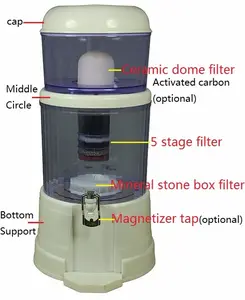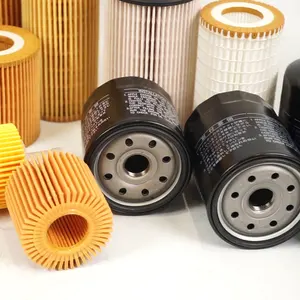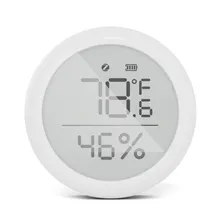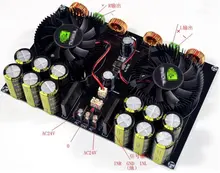An electronic filter is a circuit or component that can select, (amplify), and pass specified bands of frequencies and reject others. Electrical noise filter circuits may be designed in two ways. The first design accepts high frequencies and is known as a "high pass" filter while the other accepts low frequencies and is known as a "low pass" filter. A low pass electronic filter is commonly used in woofer and sub-woofer loudspeaker systems. High pass filters are commonly used in tweeter speakers to produce high-frequency sounds.
What Are Practical Applications of Electronic Filters?
Electronic noise filters have multiple uses including radio frequency communication, DC power supply, and audio electronics. In radio communications, digital analog electronic filters allow radio receivers to accept the desired signals and reject every other signal when the other signals have different frequency content. In DC power supply circuits, electrical power filters also remove the unwanted high frequencies that occur in AC input lines. Filters are also placed before analog to digital conversion input to reduce aliasing.
What Are the Types of Filters?
Ceramic electronic filters may be classified according to their construction into passive and active filters. Passive filters have passive components such as inductors, capacitors, and resistors. They don't require an external energy source, and they are only suitable for processing high-frequency signals. The active filters have a transistor or operational amplifier in addition to the passive components. The active filter is ideal for filtering low-frequency signals. Ferrite core electric filters can also be classified based on their frequency response into four types: low pass, high pass, band pass, and band reject filter filters. The electrical low pass filter permits low-frequency signals without any reduction in power. A high pass filter allows high-frequency signals to flow through without any attenuation.
How Do You Select an Electronic Filter?
Review the operating requirements and electrical parameters of the system. These include the maximum voltage the electronic filter should handle, the maximum current the filter can carry, and the highest operating temperature. Others are the type of power system the circuit should work with and the number of stages (or the number of circuit repetitions).









































 浙公网安备 33010002000092号
浙公网安备 33010002000092号 浙B2-20120091-4
浙B2-20120091-4